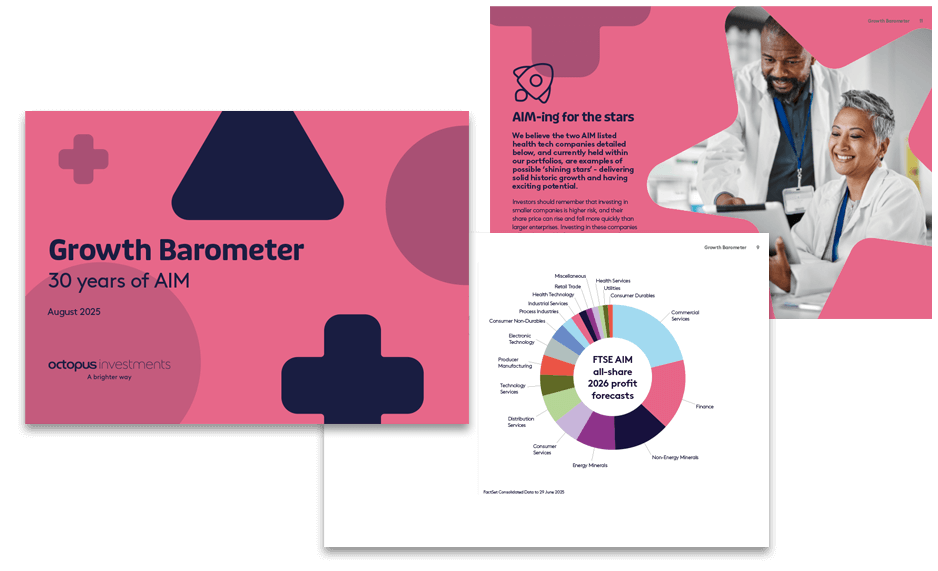One of the first financial tips a person is given, is to make use of their ISA allowance each year. ISAs (or Individual Savings Accounts) offer attractive tax benefits such as tax-free growth and dividends, but what happens when you get older and your goals change?
Despite their many tax benefits, ISAs aren’t inheritance tax free. If your estate is worth above the tax-free nil rate band allowance of £325,000, when the time comes to pass your ISA onto your beneficiaries it’s likely that they will have to pay 40% inheritance tax when they inherit it. This can come as a surprise to some people when they start planning for their estate.
It’s natural to not want to take your wealth out of its ISA wrapper, since you’ve been contributing to your ISA for most of your life. So, in this article we discuss one way that you can plan for your estate while leaving your ISA pot in place within the ISA wrapper.
A possible solution
One potential solution is to transfer your Stocks and Shares ISA to an AIM Inheritance Tax ISA. An AIM Inheritance Tax ISA is managed by specialist investment managers to invest in companies listed on the Alternative Investment Market (AIM) that qualify for Business Relief (BR). It is important to recognise, however, that an AIM Inheritance Tax ISA is higher risk than a standard Stocks and Shares ISA. We’ve detailed the key risks to bear in mind further below.
What is Business Relief (BR)?
BR is a longstanding relief from inheritance tax. Shares in companies that qualify for BR can be passed on free from inheritance tax if they’ve been held for at least two years and are still held at the time you die.
Investing in BR-qualifying businesses isn’t for everyone. The value of an investment, and any income from it, can fall as well as rise. You could get back less than you invest. The shares of qualifying companies could fall or rise in value more than shares listed on the main market of the London Stock Exchange. They may also be harder to sell. The inheritance tax relief exists to compensate for some of this risk.
Current tax legislation could change, and tax relief depends on the companies maintaining their BR-qualifying status. HMRC will only conduct a BR assessment after the death of an investor, to confirm whether the companies invested in qualify for BR at that time. Tax treatment also depends on individual circumstances.
Let’s go through a common example
The best way to understand how this works in practice, is to think about a common scenario.
Juliet is a homeowner. She is 75, mortgage-free, and receives an income from her pension that covers her needs. She is unmarried and plans to leave everything to her daughter Emma.
Juliet has been a committed ISA investor since ISAs began in 1999. She now has a Stocks and Shares ISA portfolio worth £200,000, as well as £150,000 in her Cash ISA.
At her annual review, Juliet’s financial adviser mentions that as things stand, Emma would expect to pay 40% inheritance tax. This means that Emma would have to pay an £80,000 inheritance tax bill when she inherits Juliet’s Stocks and Shares ISA, since Juliet’s home would use up her allowances.
Juliet is surprised that this is the case, as she had always thought that ISAs weren’t subject to inheritance tax. Her financial adviser tells her that there is a way to invest which retains the tax benefits of an ISA wrapper but does not have the inheritance tax liability.
Juliet’s financial adviser recommends a solution
Based on Juliet’s objectives and attitude to risk, her financial adviser recommends transferring her Stocks and Shares ISA to an AIM Inheritance Tax ISA specifically managed to invest into companies that qualify for Business Relief (BR). Juliet remains keen to invest for the long term and is comfortable with any short-term volatility. She understands that an AIM Inheritance Tax ISA is significantly higher risk than most normal Stocks and Shares ISAs.
After two years, Juliet’s portfolio can be left free from inheritance tax
Juliet is happy to transfer her Stocks and Shares ISA into an AIM Inheritance Tax ISA. She expects to hold this investment portfolio until she dies and is comfortable taking these risks in order to pursue her estate planning objective. Once she has held the shares in her new portfolio for two years, they should be zero-rated for inheritance tax. From then on, Juliet can continue to hold her portfolio in the knowledge that she can pass it on to Emma when she dies, without expecting it to add to the inheritance tax bill that will be due on her estate.
Talk to your financial adviser
Speak to your financial adviser to learn more about AIM Inheritance Tax ISAs. You can also learn more about the Octopus AIM Inheritance Tax ISA here.
We do not offer investment or tax advice. We recommend investors seek professional advice before deciding to invest. Investors should only subscribe for shares based on information in the relevant product brochure, which can be obtained on this website.








